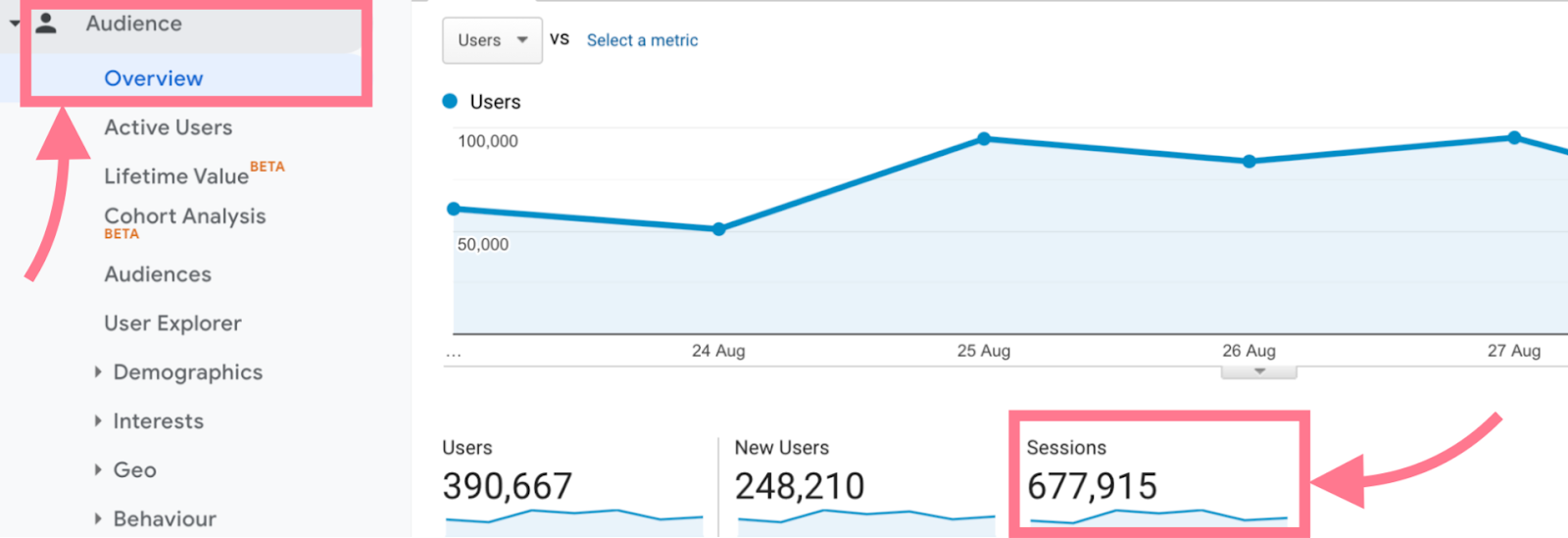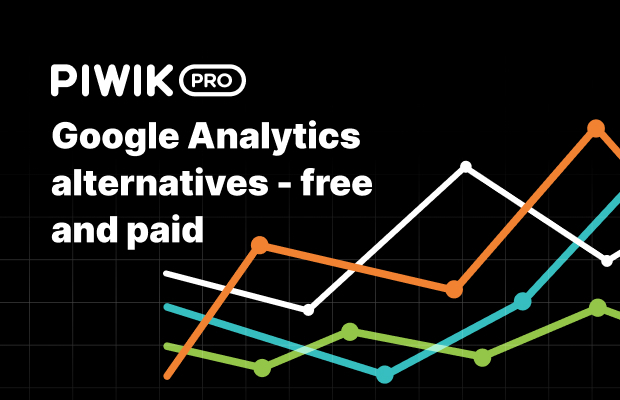When Does the Google Analytics Tracking Code Send an Event Hit to Analytics? A Deep Dive into User Interactions
Master Site Insights With Accurate Google Analytics Monitoring Code
The effective application of Google Analytics hinges on the exact execution of its monitoring code, a fundamental step commonly overlooked by website proprietors. This seemingly straightforward JavaScript bit, when appropriately placed, becomes the backbone of data collection, supplying understandings into user behavior and site performance. Nonetheless, obstacles can arise during arrangement, possibly skewing the data and resulting in misinformed choices. Recognizing these intricacies is important for maximizing the advantages of analytics. What are the usual mistakes that could threaten your tracking initiatives, and how can you guarantee precision in your strategy?
Understanding Google Analytics Essentials
Google Analytics is a crucial device for web site owners and marketing experts, providing very useful understandings right into customer actions and website performance. At its core, Google Analytics gathers information regarding visitors to a website, allowing individuals to evaluate metrics such as traffic resources, user involvement, and conversion prices. Recognizing these basics is vital for optimizing a web site's performance and boosting user experience.
The system utilizes cookies to track communications, recording data such as page sights, session periods, and bounce prices. This details is aggregated and provided with customizable dashboards, making it possible for users to envision patterns gradually. Secret efficiency indications (KPIs) can be kept track of, such as the total number of individuals, brand-new versus returning site visitors, and the geographical circulation of the target market.
Moreover, Google Analytics uses division attributes, allowing individuals to isolate certain web traffic resources or customer demographics for even more targeted analysis. By grasping these fundamental components, website owners can make informed choices concerning web content method, marketing campaigns, and overall site renovations. Eventually, comprehending Google Analytics essentials is vital for leveraging information to drive development and attain company goals efficiently.
Establishing Up Your Monitoring Code

Replicate the supplied monitoring code and paste it right into the HTML of your internet site. Preferably, this code should be placed in the header section of every page you wish to track. This ensures that the tracking code loads prior to any other material, enabling it to capture information precisely. If you are using a content management system (CMS) like WordPress, there are plugins offered that simplify the assimilation procedure.
After installation, validate that the tracking code is functioning appropriately by utilizing Google Tag Assistant or the Real-Time reports in Google Analytics - when does the google analytics tracking code send an event hit to analytics?. This action is necessary to verify that your data collection is energetic and accurate, setting the structure for insightful evaluation
Common Monitoring Code Issues
This may take place when the tracking code is positioned in the incorrect section of the website's HTML, usually leading to incomplete or absent data. Furthermore, having several instances of the tracking code on a solitary web page can result in inflated metrics, as individual communications might be counted much more than when.
One more issue develops from the usage of ad blockers, which can stop the monitoring code from executing completely, thus skewing data. when does the google analytics tracking code send an event hit to analytics?. Furthermore, failure to set up filters appropriately can lead to the exclusion of important website traffic sources or the inclusion of unwanted recommendation spam, misshaping the information accumulated
Website proprietors may also forget the significance of monitoring code updates, specifically when moving to Google Analytics 4 (GA4) from Universal Analytics. Last but not least, not enough testing prior to releasing adjustments can lead to unseen mistakes in the monitoring code, better making complex information reliability. Addressing these usual problems is crucial for guaranteeing accurate monitoring and informative analytics.
Studying Website Data Properly
Precise data collection is only the primary step in leveraging Google Analytics; the actual value lies in properly evaluating that data to drive informed decision-making. To attain look at here this, it is vital to determine essential performance indications (KPIs) that line up with your company objectives. Emphasis on metrics such as conversion prices, user interaction, and website traffic sources, as these will give understandings into customer habits and the general effectiveness of your internet site.
Making Use Of Google Analytics' segmentation features permits a much deeper understanding of your audience. By breaking look at more info down data right into particular demographics, actions, and web traffic channels, you can reveal trends and patterns that educate targeted techniques. Carrying out customized records and dashboards can simplify this procedure, making it possible for fast accessibility to significant data.
Additionally, frequently assessing data trends gradually helps to determine abnormalities and possibilities for improvement. Use visualization devices to present information in a quickly absorbable layout, helping with much more reliable interaction with stakeholders. Ultimately, the capability to analyze web site information effectively encourages organizations to make tactical choices that boost customer experience, maximize advertising efforts, and drive development.

Best Practices for Accurate Monitoring
Carrying out reliable monitoring methods is essential for getting reputable data in Google Analytics. To ensure find here exact tracking, begin by correctly mounting the Google Analytics tracking code on every page of your internet site. This can be achieved with a tag supervisor or by straight embedding the code right into the HTML.
Following, configure your Google Analytics account to leave out internal website traffic. This can be done by establishing filters that recognize and eliminate brows through from your organization's IP address, therefore stopping manipulated data. In addition, use event tracking to keep an eye on specific customer communications, such as downloads or video clip plays, which basic web page sights may forget.
Frequently examine your monitoring setup to validate that all features, such as goals and ecommerce tracking, are functioning properly. Establish a constant identifying convention for your projects and occasions to help with simpler coverage and evaluation.
Finally, think about leveraging UTM criteria for projects to acquire understandings into the performance of different marketing efforts. By complying with these finest methods, you can improve the precision of your information collection and evaluation, inevitably bring about more educated decision-making for your web site.
Final Thought
By ensuring the monitoring code is correctly positioned and regularly audited, web site proprietors can capture essential customer interaction information, therefore helping with the recognition of crucial performance indications. Inevitably, a robust monitoring structure improves the ability to drive involvement and enhance total site efficiency.

Not enough screening prior to introducing adjustments can result in unseen mistakes in the tracking code, better making complex information dependability.Applying reliable monitoring methods is essential for obtaining trusted information in Google Analytics. By making sure the tracking code is correctly put and on a regular basis investigated, site proprietors can record vital customer interaction information, therefore assisting in the recognition of essential efficiency signs.